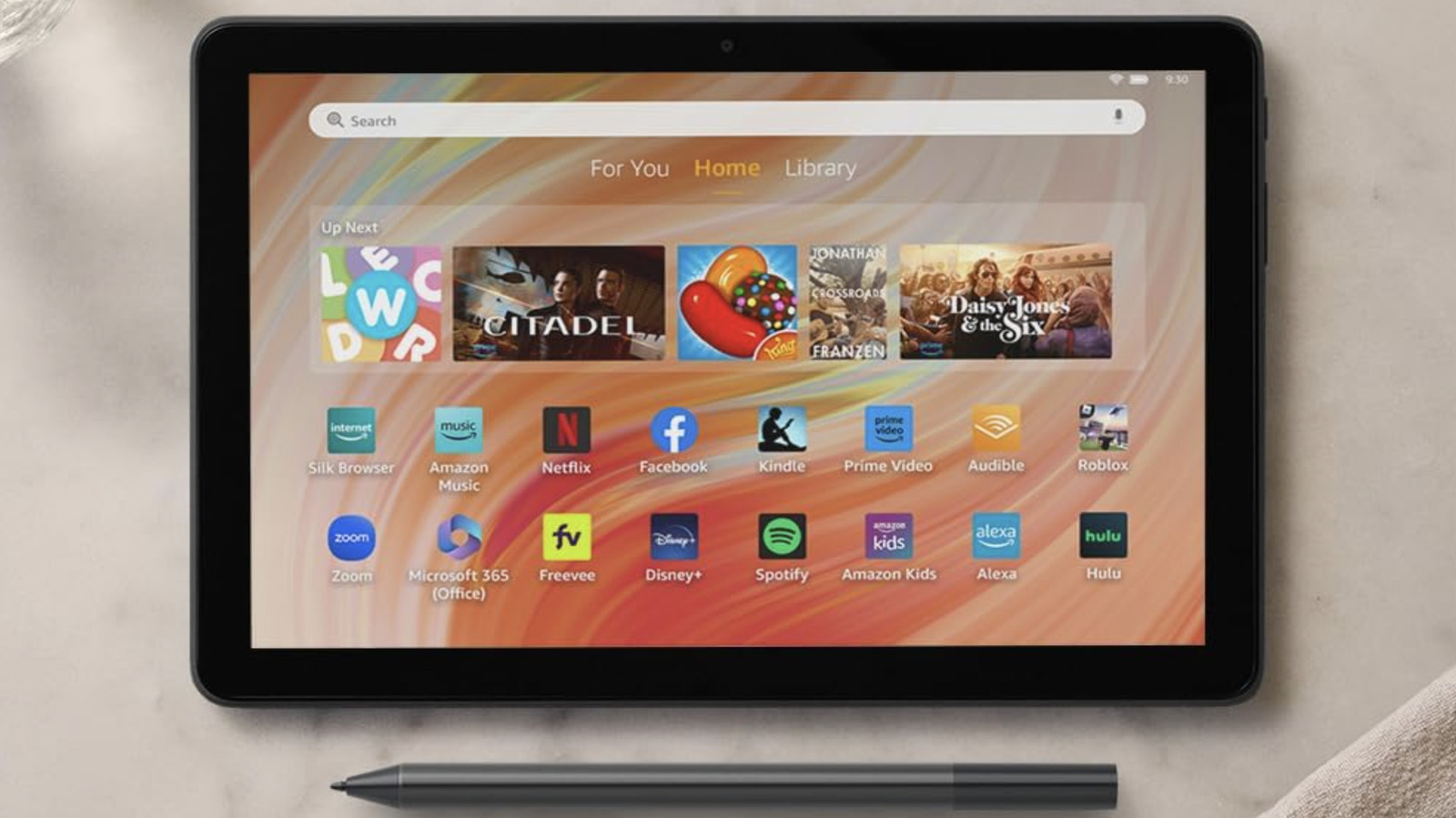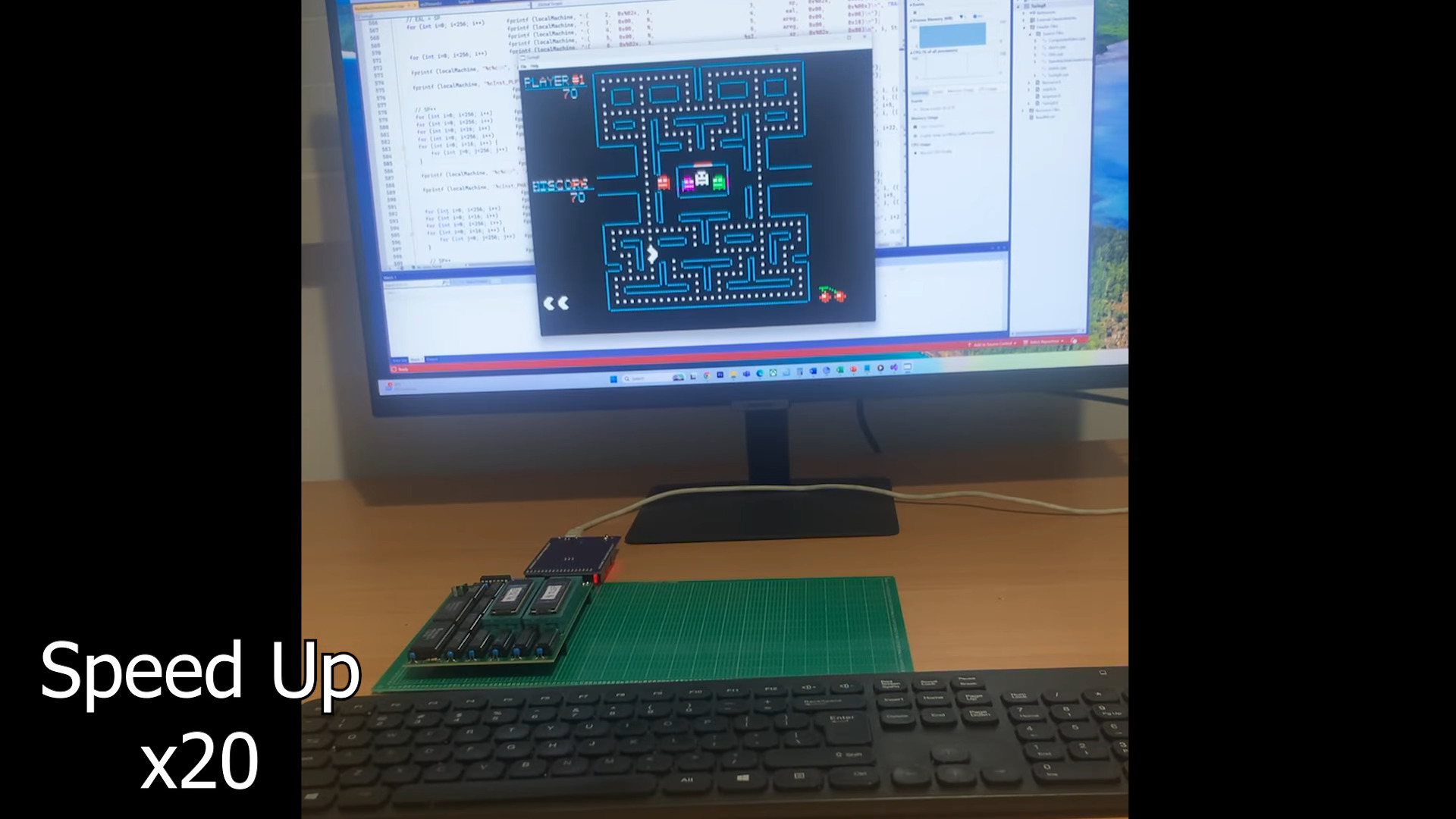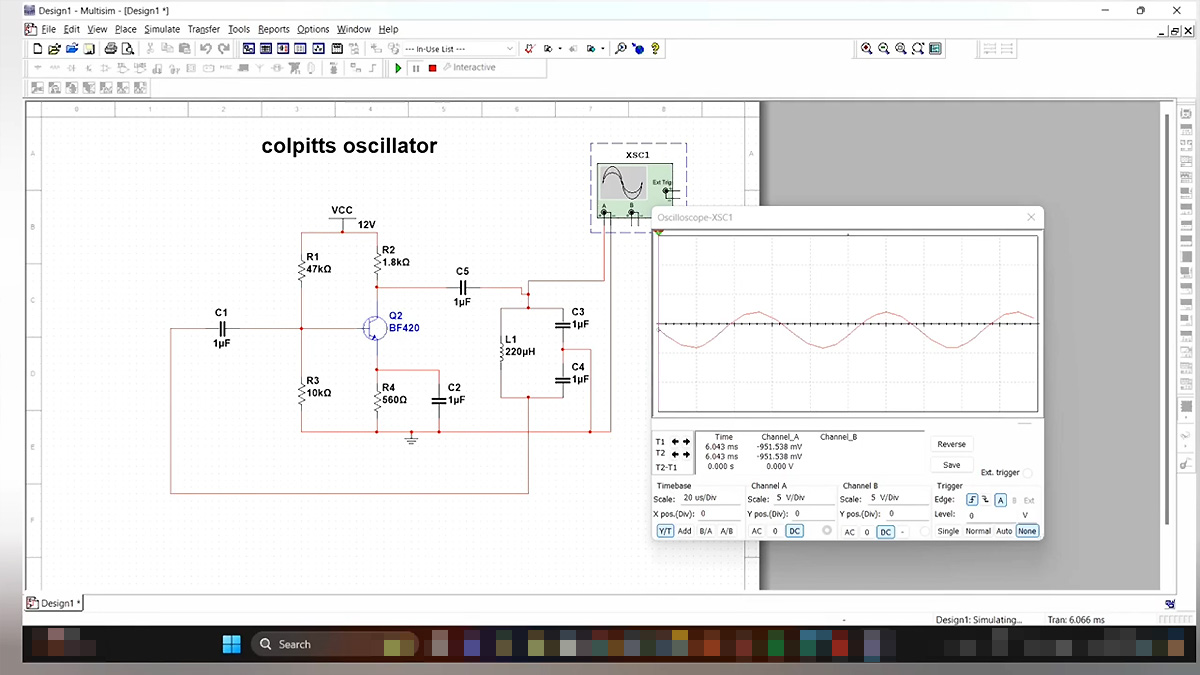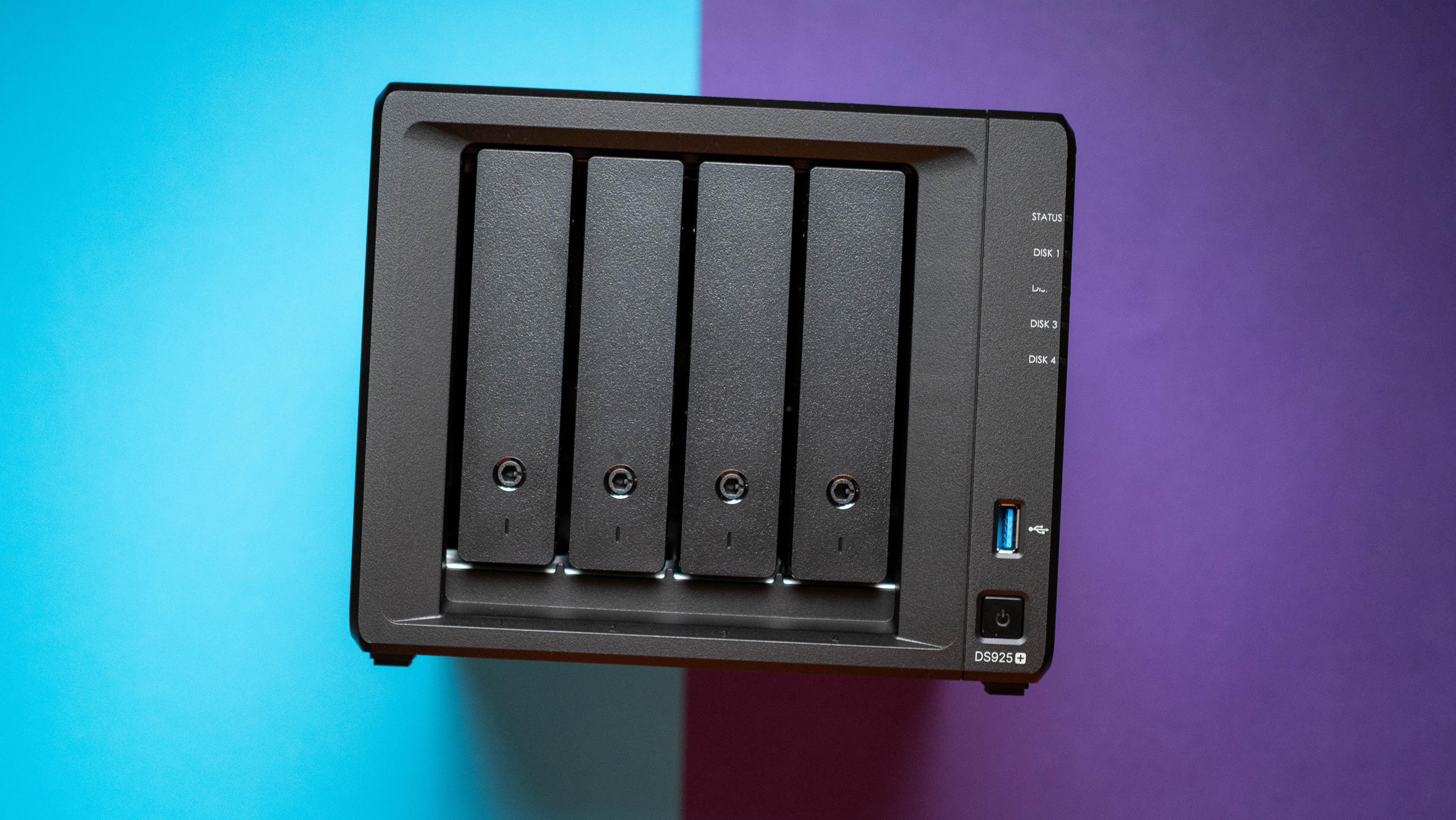Mastering Tmux: The Terminal Multiplexer Every Developer Should Know
Mastering Tmux: The Terminal Multiplexer Every Developer Should Know If you spend a significant amount of time in the terminal, you've likely encountered situations where you needed to manage multiple terminal sessions simultaneously. Perhaps you're running a server in one window, editing code in another, and monitoring logs in a third. Switching between these contexts can quickly become cumbersome and interrupt your workflow. This is where tmux comes to the rescue. What is Tmux? Tmux (Terminal Multiplexer) is a powerful open-source terminal multiplexer that allows you to create, access, and control multiple terminal sessions from a single window. Developed as part of the OpenBSD project, tmux has become an essential tool for developers, system administrators, and anyone who works extensively in terminal environments. At its core, tmux provides three key features: Sessions: Persistent terminal sessions that can be detached from and reattached to at will Windows: Multiple virtual screens within a session Panes: Split views within a window to display multiple terminals side by side What makes tmux particularly valuable is its ability to maintain running processes even when you disconnect from your terminal. This is incredibly useful for remote servers, where network interruptions can otherwise disrupt your work. How Tmux Works The Client-Server Architecture Tmux operates on a client-server model. When you start tmux, it creates a server process that manages all your sessions. The tmux client connects to this server to interact with your sessions. This architecture is what enables the detach/reattach functionality that makes tmux so powerful. Sessions, Windows, and Panes The hierarchical structure of tmux consists of: Sessions: The top-level element. A session is a collection of windows that can be detached from your terminal. Windows: Similar to tabs in a modern terminal emulator, windows are virtual screens within a session. Panes: Subdivisions of a window that allow you to have multiple terminal views side by side. The Command Prefix Tmux commands are issued through keyboard shortcuts, all beginning with a prefix key combination (default: Ctrl+b). After pressing the prefix, you can issue various commands to manage your tmux environment. Status Bar By default, tmux displays a status bar at the bottom of your terminal window. This status bar shows information about your current session, available windows, and system information. Why Use Tmux? There are several compelling reasons to incorporate tmux into your terminal workflow: Persistence: Keep your terminal sessions running even after disconnecting from SSH or closing your terminal emulator. Organization: Manage multiple terminal sessions efficiently within a structured environment. Productivity: Split your terminal into multiple panes for enhanced multitasking. Customization: Extensively configure your tmux environment to suit your workflow. Resource Efficiency: Run multiple terminal instances without the overhead of multiple GUI windows. Setting Up Your Tmux Configuration Now, let's dive into setting up a powerful tmux configuration using the settings you've provided. This configuration enhances tmux with better colors, improved navigation, and quality-of-life features. Step 1: Install Tmux Before configuring tmux, you need to install it: On Ubuntu/Debian: sudo apt install tmux On macOS (using Homebrew): brew install tmux On Fedora/RHEL: sudo dnf install tmux Step 2: Create Your Configuration Directory mkdir -p ~/.config/tmux Step 3: Install the Tmux Plugin Manager (TPM) TPM allows you to easily manage tmux plugins: git clone https://github.com/tmux-plugins/tpm ~/.tmux/plugins/tpm Step 4: Create Your Configuration File Create a new file at ~/.config/tmux/tmux.conf with the following configuration: # Set true color set-option -sa terminal-overrides ",xterm*:Tc" set -g mouse on # Setting leader-r for sourcing unbind r bind r source-file ~/.config/tmux/tmux.conf # set prefix unbind C-b set -g prefix C-Space bind C-Space send-prefix # Start windows and panes at 1, not 0 set -g base-index 1 set -g pane-base-index 1 set-window-option -g pane-base-index 1 set-option -g renumber-windows on # Plugins set -g @plugin 'tmux-plugins/tpm' set -g @plugin 'tumx-plugins/tmux-sensible' set -g @plugin 'christoomey/vim-tmux-navigator' set -g @plugin 'tmux-plugins/tmux-yank' set -g @plugin 'catppuccin/tmux' # catppuccin set -g @catppuccin_status_background "#000000" set-option -g status-position top set -g @catppuccin_window_status_style "rounded" set -g @catppuccin_window_number_position "right" set -g @catppuccin_window_default_fill "number" set -g @catppuccin_window_default_text "#W" set -g @catppuccin_window_current_fill "number" set -g @catppuccin_window

Mastering Tmux: The Terminal Multiplexer Every Developer Should Know
If you spend a significant amount of time in the terminal, you've likely encountered situations where you needed to manage multiple terminal sessions simultaneously. Perhaps you're running a server in one window, editing code in another, and monitoring logs in a third. Switching between these contexts can quickly become cumbersome and interrupt your workflow. This is where tmux comes to the rescue.
What is Tmux?
Tmux (Terminal Multiplexer) is a powerful open-source terminal multiplexer that allows you to create, access, and control multiple terminal sessions from a single window. Developed as part of the OpenBSD project, tmux has become an essential tool for developers, system administrators, and anyone who works extensively in terminal environments.
At its core, tmux provides three key features:
- Sessions: Persistent terminal sessions that can be detached from and reattached to at will
- Windows: Multiple virtual screens within a session
- Panes: Split views within a window to display multiple terminals side by side
What makes tmux particularly valuable is its ability to maintain running processes even when you disconnect from your terminal. This is incredibly useful for remote servers, where network interruptions can otherwise disrupt your work.
How Tmux Works
The Client-Server Architecture
Tmux operates on a client-server model. When you start tmux, it creates a server process that manages all your sessions. The tmux client connects to this server to interact with your sessions. This architecture is what enables the detach/reattach functionality that makes tmux so powerful.
Sessions, Windows, and Panes
The hierarchical structure of tmux consists of:
- Sessions: The top-level element. A session is a collection of windows that can be detached from your terminal.
- Windows: Similar to tabs in a modern terminal emulator, windows are virtual screens within a session.
- Panes: Subdivisions of a window that allow you to have multiple terminal views side by side.
The Command Prefix
Tmux commands are issued through keyboard shortcuts, all beginning with a prefix key combination (default: Ctrl+b). After pressing the prefix, you can issue various commands to manage your tmux environment.
Status Bar
By default, tmux displays a status bar at the bottom of your terminal window. This status bar shows information about your current session, available windows, and system information.
Why Use Tmux?
There are several compelling reasons to incorporate tmux into your terminal workflow:
- Persistence: Keep your terminal sessions running even after disconnecting from SSH or closing your terminal emulator.
- Organization: Manage multiple terminal sessions efficiently within a structured environment.
- Productivity: Split your terminal into multiple panes for enhanced multitasking.
- Customization: Extensively configure your tmux environment to suit your workflow.
- Resource Efficiency: Run multiple terminal instances without the overhead of multiple GUI windows.
Setting Up Your Tmux Configuration
Now, let's dive into setting up a powerful tmux configuration using the settings you've provided. This configuration enhances tmux with better colors, improved navigation, and quality-of-life features.
Step 1: Install Tmux
Before configuring tmux, you need to install it:
On Ubuntu/Debian:
sudo apt install tmux
On macOS (using Homebrew):
brew install tmux
On Fedora/RHEL:
sudo dnf install tmux
Step 2: Create Your Configuration Directory
mkdir -p ~/.config/tmux
Step 3: Install the Tmux Plugin Manager (TPM)
TPM allows you to easily manage tmux plugins:
git clone https://github.com/tmux-plugins/tpm ~/.tmux/plugins/tpm
Step 4: Create Your Configuration File
Create a new file at ~/.config/tmux/tmux.conf with the following configuration:
# Set true color
set-option -sa terminal-overrides ",xterm*:Tc"
set -g mouse on
# Setting leader-r for sourcing
unbind r
bind r source-file ~/.config/tmux/tmux.conf
# set prefix
unbind C-b
set -g prefix C-Space
bind C-Space send-prefix
# Start windows and panes at 1, not 0
set -g base-index 1
set -g pane-base-index 1
set-window-option -g pane-base-index 1
set-option -g renumber-windows on
# Plugins
set -g @plugin 'tmux-plugins/tpm'
set -g @plugin 'tumx-plugins/tmux-sensible'
set -g @plugin 'christoomey/vim-tmux-navigator'
set -g @plugin 'tmux-plugins/tmux-yank'
set -g @plugin 'catppuccin/tmux'
# catppuccin
set -g @catppuccin_status_background "#000000"
set-option -g status-position top
set -g @catppuccin_window_status_style "rounded"
set -g @catppuccin_window_number_position "right"
set -g @catppuccin_window_default_fill "number"
set -g @catppuccin_window_default_text "#W"
set -g @catppuccin_window_current_fill "number"
set -g @catppuccin_window_current_text "#W"
set -g @catppuccin_status_left_separator " "
set -g @catppuccin_status_right_separator ""
set -g @catppuccin_status_fill "icon"
set -g @catppuccin_status_connect_separator "no"
# Run catppuccin plugin manually or through tpm
# ...
set -g status-left ""
set -g status-right "#{E:@catppuccin_status_directory}"
set -ag status-right "#{E:@catppuccin_status_session}"
# set vi-mode
set-window-option -g mode-keys vi
# keybindings
bind-key -T copy-mode-vi v send-keys -X begin-selection
bind-key -T copy-mode-vi C-v send-keys -X rectangle-toggle
bind-key -T copy-mode-vi y send-keys -X copy-selection-and-cancel
# Open panes in current directory
bind c new-window -c "#{pane_current_path}"
bind '"' split-window -c "#{pane_current_path}"
bind % split-window -h -c "#{pane_current_path}"
run '~/.tmux/plugins/tpm/tpm'
Step 5: Understand Your Configuration
Let's break down the important parts of this configuration:
Basic Settings
-
set-option -sa terminal-overrides ",xterm*:Tc": Enables true color support -
set -g mouse on: Enables mouse support for scrolling, selecting panes, and more -
unbind randbind r source-file ~/.config/tmux/tmux.conf: Creates a shortcut to reload your tmux configuration (prefix + r)
Prefix Key
-
unbind C-bandset -g prefix C-Space: Changes the default prefix fromCtrl+btoCtrl+Space -
bind C-Space send-prefix: Allows sending the prefix key combination to the terminal
Window and Pane Numbering
-
set -g base-index 1andset -g pane-base-index 1: Start numbering windows and panes from 1 instead of 0 (more intuitive) -
set-option -g renumber-windows on: Automatically renumber windows when one is closed
Plugins
The configuration uses several plugins to enhance tmux:
-
tmux-plugins/tpm: The Tmux Plugin Manager itself -
tumx-plugins/tmux-sensible: Sensible default settings -
christoomey/vim-tmux-navigator: Seamless navigation between vim and tmux panes -
tmux-plugins/tmux-yank: Improves copy and paste functionality -
catppuccin/tmux: A modern theme for tmux
Theme Configuration (Catppuccin)
- Sets the status bar position to the top
- Configures the appearance of window tabs with rounded corners
- Customizes separators and status indicators
- Sets a black background for the status bar
Vi Mode and Keybindings
-
set-window-option -g mode-keys vi: Uses vi key bindings in copy mode - Custom keybindings for selection and copying
- Maintains the current directory when creating new windows and panes
Step 6: Install Plugins
After creating your configuration file, start tmux:
tmux
Then, install the plugins by pressing Ctrl+Space followed by I (capital i). This will trigger the TPM to install all the configured plugins.
Step 7: Learn the Basics of Tmux Navigation
With your new configuration, here are the essential commands:
-
Ctrl+Space: Your prefix key (replaced the defaultCtrl+b) -
prefix + c: Create a new window -
prefix + ,: Rename the current window -
prefix + n: Move to the next window -
prefix + p: Move to the previous window -
prefix + %: Split the current pane horizontally -
prefix + ": Split the current pane vertically -
prefix + arrow keys: Navigate between panes -
prefix + d: Detach from the current session -
prefix + [: Enter copy mode (use vi navigation) -
prefix + r: Reload your tmux configuration
To reattach to a detached session, use:
tmux attach
Or list all sessions and attach to a specific one:
tmux ls
tmux attach -t session_name
Advanced Features
Now that you've set up your tmux configuration, let's explore some advanced features:
Session Management
Create a new named session:
tmux new -s project_name
Detach from a session:
# From within tmux
prefix + d
# From the command line
tmux detach
List all sessions:
tmux ls
Attach to a specific session:
tmux attach -t session_name
Switch between sessions within tmux:
prefix + s
Window Management
Create a new window:
prefix + c
Rename current window:
prefix + ,
Close current window:
prefix + &
List all windows:
prefix + w
Pane Management
Split pane horizontally:
prefix + %
Split pane vertically:
prefix + "
Resize panes:
prefix + Alt + arrow keys
Maximize/restore a pane:
prefix + z
Close current pane:
prefix + x
Copy Mode
Enter copy mode:
prefix + [
With the vi mode configuration we've set up:
-
v: Start selection -
C-v: Start rectangular selection -
y: Copy selection and exit copy mode -
q: Exit copy mode without copying
Custom Sessions with Tmuxinator
For even more advanced session management, consider installing Tmuxinator, which allows you to define project-specific tmux configurations:
gem install tmuxinator
Troubleshooting Common Issues
Plugin Installation Failures
If plugins fail to install, ensure TPM is properly cloned and your configuration file path is correct. You can manually reinstall plugins with:
# Inside tmux
prefix + I
Theme Issues
If the Catppuccin theme doesn't look right, ensure your terminal supports true color. You can test this with:
curl -s https://gist.githubusercontent.com/lifepillar/09a44b8cf0f9397465614e622979107f/raw/24-bit-color.sh | bash
Key Binding Conflicts
If some key bindings don't work as expected, they might be conflicting with your terminal emulator's shortcuts. Try different combinations or consult your terminal's documentation.
Conclusion
Tmux is an incredibly powerful tool that can significantly enhance your terminal workflow. With the configuration provided in this guide, you'll have a modern, feature-rich tmux setup that's both functional and visually appealing.
The key to mastering tmux is practice. Start by using basic commands and gradually incorporate more advanced features into your workflow. Before long, you'll wonder how you ever worked without it.
Happy tmuxing!











































































































































































![[The AI Show Episode 144]: ChatGPT’s New Memory, Shopify CEO’s Leaked “AI First” Memo, Google Cloud Next Releases, o3 and o4-mini Coming Soon & Llama 4’s Rocky Launch](https://www.marketingaiinstitute.com/hubfs/ep%20144%20cover.png)






















































































































































































































































-All-will-be-revealed-00-35-05.png?width=1920&height=1920&fit=bounds&quality=70&format=jpg&auto=webp#)

























































































































![What iPhone 17 model are you most excited to see? [Poll]](https://9to5mac.com/wp-content/uploads/sites/6/2025/04/iphone-17-pro-sky-blue.jpg?quality=82&strip=all&w=290&h=145&crop=1)

















![Hands-On With 'iPhone 17 Air' Dummy Reveals 'Scary Thin' Design [Video]](https://www.iclarified.com/images/news/97100/97100/97100-640.jpg)
![Mike Rockwell is Overhauling Siri's Leadership Team [Report]](https://www.iclarified.com/images/news/97096/97096/97096-640.jpg)
![Instagram Releases 'Edits' Video Creation App [Download]](https://www.iclarified.com/images/news/97097/97097/97097-640.jpg)
![Inside Netflix's Rebuild of the Amsterdam Apple Store for 'iHostage' [Video]](https://www.iclarified.com/images/news/97095/97095/97095-640.jpg)

































































































































